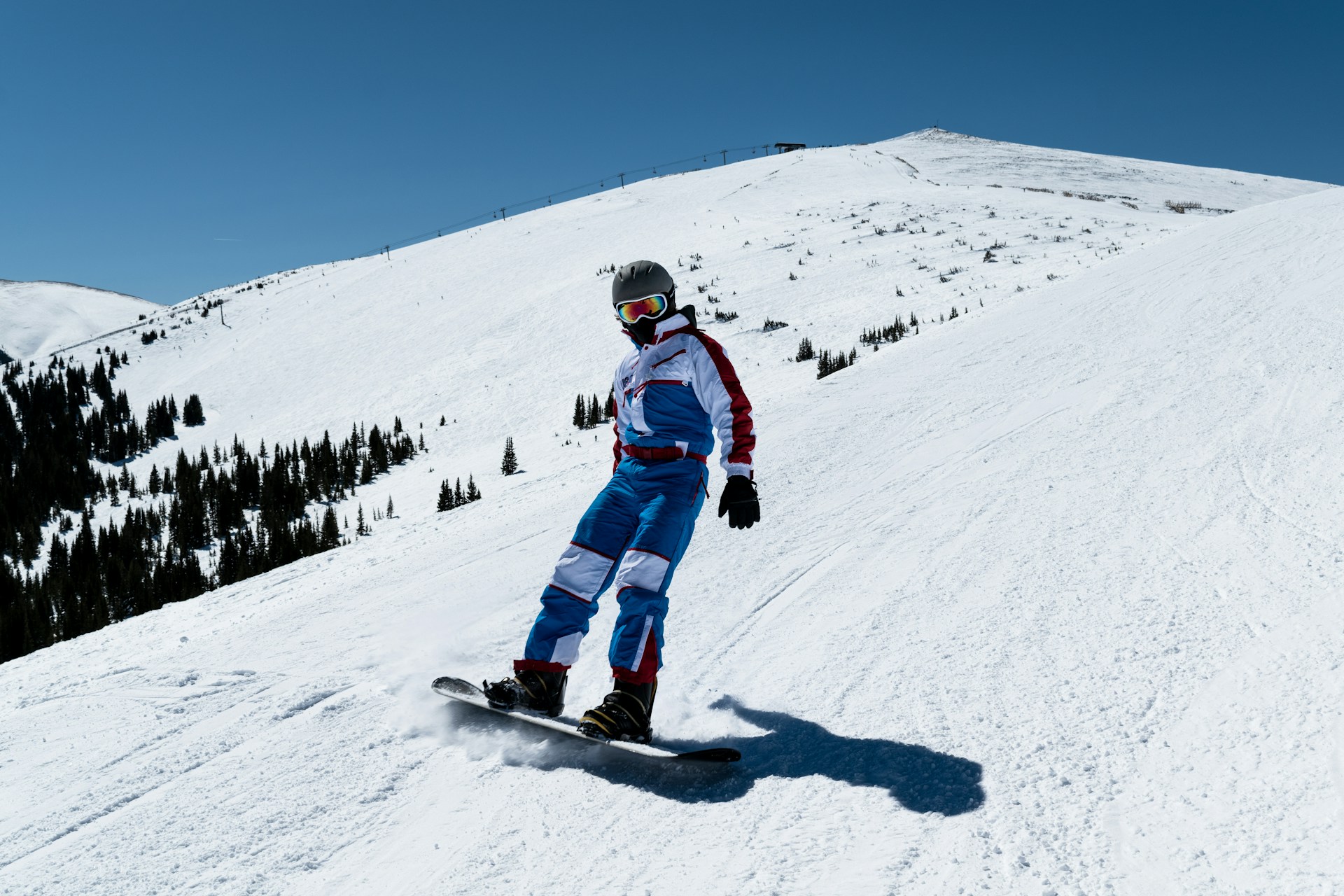When considering the performance of alpine skiers, high altitude training is a well-studied phenomenon. It offers a unique and proven method for enhancing athletes’ capabilities. Are you aware of how altitude training can enhance your performance as a skier? In this comprehensive review, we will delve into the science behind altitude training, look at its impact on athletes, and explore its application to UK alpine skiers. We will utilize various scholarly resources, including Google Scholar, PubMed, Crossref, and DOI to provide an in-depth understanding.
The Science Behind Altitude Training
Altitude training is a technique often used by elite athletes to improve their performance. The fundamental principle behind this is a phenomenon known as hypoxic training. The high altitude environment exposes athletes to lower levels of oxygen, stimulating the body’s physiological adaptive responses.
Lire également : How can UK sports clubs design effective mentorship programs for emerging athletes?
In one study, highlighted in Google Scholar, the altitude training triggered an increase in red blood cell production and volume in the athletes’ bodies. Increased red blood cells improve the body’s oxygen-carrying capacity, which is vital for endurance performance.
Another PubMed study we found focused on the effect of altitude training on muscle adaptation. It noted that the hypoxic conditions lead to changes in the muscle fibres, making them more efficient in utilizing oxygen.
A lire également : How can UK sports clubs design effective mentorship programs for emerging athletes?
Altitude Training and Athlete Performance
Understanding the science behind altitude training is only half the journey. The other half is examining how it practically affects athlete performance. As previously mentioned, altitude training improves the body’s oxygen-carrying capacity and increases muscle efficiency.
A study on Crossref revealed that athletes who underwent altitude training showed an improvement in stamina and endurance. They could maintain high-intensity exercise for more extended periods.
Furthermore, altitude training has been linked to enhanced strength and isometric jump performance. This was the finding of a study on DOI, which noted that the athletes who trained at high altitude showed a significant improvement in their jump performance relative to those who trained at sea level.
Application to UK Alpine Skiers
So, how can UK alpine skiers apply this knowledge to enhance their performance? First, they need to understand that altitude training is not a one-size-fits-all solution. The training must be tailored to meet their unique needs and capabilities.
Given the geographical limitations in the UK, alpine skiers might find it difficult to access high-altitude training environments. However, they can employ some alternative methods.
One such method is the use of simulated altitude training. This involves the use of hypoxic air generators to simulate high altitude conditions. According to a Google Scholar article, simulated altitude training has been shown to offer benefits similar to real altitude training.
Ensuring Effective Altitude Training
For altitude training to be effective, it has to be carefully managed. Two critical variables to consider are the training duration and the altitude level. Training duration at high altitude should not be too short that the body doesn’t have time to adapt, or too long that it leads to detraining.
The altitude level is another critical factor. A PubMed study suggests that moderate altitudes (2000-3000m) are the most effective for inducing physiological changes without causing negative side effects such as acute mountain sickness.
Another important factor to consider is the athlete’s nutrition and hydration. Maintaining an adequate energy intake and staying well-hydrated is crucial in high altitude environments.
Avoiding Potential Pitfalls
Despite its benefits, altitude training is not without risks. It can lead to altitude sickness, decreased immune function, and in some cases, deterioration in performance if not properly managed.
Research on Crossref suggests that gradual acclimatization is essential to help the body adjust to the low oxygen environment. Moreover, it’s recommended that athletes should monitor their response to training and adjust their program accordingly.
It is also worth noting that not every athlete responds to altitude training in the same way. Genetic factors play a role in how individuals adapt to high altitude conditions. Therefore, it is crucial to understand your body’s response to such training and make necessary adjustments.
In summary, altitude training offers a unique and effective approach to enhancing performance in UK alpine skiers. By understanding the science behind its benefits, employing strategies to ensure effective training, and navigating potential pitfalls, athletes can leverage this technique to reach new heights in their performance. With careful planning and proper execution, the sky is the limit.
Altitude Training Simulation Options and Approaches
For UK alpine skiers, one might argue that geographical limitations pose a significant challenge in accessing high-altitude training environments. However, with advancements in sports science and technology, there are now innovative alternatives to overcome this hurdle.
One such method is the use of simulated altitude training. This technique utilises hypoxic air generators to recreate the conditions of high altitude environments within a controlled setting. Essentially, the device modifies the oxygen content of the room or training area, thereby simulating the low oxygen conditions at high altitudes.
According to a Google Scholar publication we accessed, simulated altitude training offers benefits akin to real altitude training. These include enhanced endurance, improved strength and power, and increased red blood cell count.
In addition to hypoxic air generators, there are other altitude simulation tools available. Some athletes use hypoxic tents or masks during training or even for sleeping. These devices limit the amount of oxygen in the air, triggering the body’s adaptive mechanisms just as real altitude training would.
Still, it is important to clarify that simulated altitude training should be carried out under professional supervision. Just like actual altitude training, the duration and intensity of the sessions should be carefully calibrated to suit the athlete’s individual capacity and goals.
Skiers’ Performance Enhancement: A Holistic Approach
While altitude training offers a promising method for enhancing performance, it is but one piece of the broader puzzle of athletic development. For UK alpine skiers, it should be integrated into a comprehensive, well-rounded training program that also incorporates strength training, technical skills development, and proper nutrition and recovery strategies.
Strength training, in particular, has been shown in a PubMed Crossref study to play a vital role in boosting skiers’ performance. By improving muscle power and endurance, strength training enables skiers to maintain a high level of intensity throughout their runs. Exercises that enhance isometric strength and countermovement jump ability are especially beneficial for alpine skiers, as these directly translate to improved performance on the slopes.
Moreover, proper nutrition is crucial to support the increased energy demands during altitude training. Hydration is equally important, particularly in high-altitude environments where water loss through evaporation and respiration is accelerated.
Lastly, sufficient recovery time should be factored in. As altitude training places additional stress on the body, sufficient recovery is vital to prevent overtraining and related health complications.
In conclusion, the application of altitude training for UK alpine skiers has the potential to dramatically enhance performance. Whether through real or simulated altitude training, the benefits of this method are well-established. However, just like any training program, it needs to be carefully planned, tailored to the athlete’s individual needs, and integrated into a comprehensive training strategy. With the right approach, UK alpine skiers can effectively leverage the power of altitude training and reach new heights in their performance. The sky, as we have seen, is indeed the limit.






